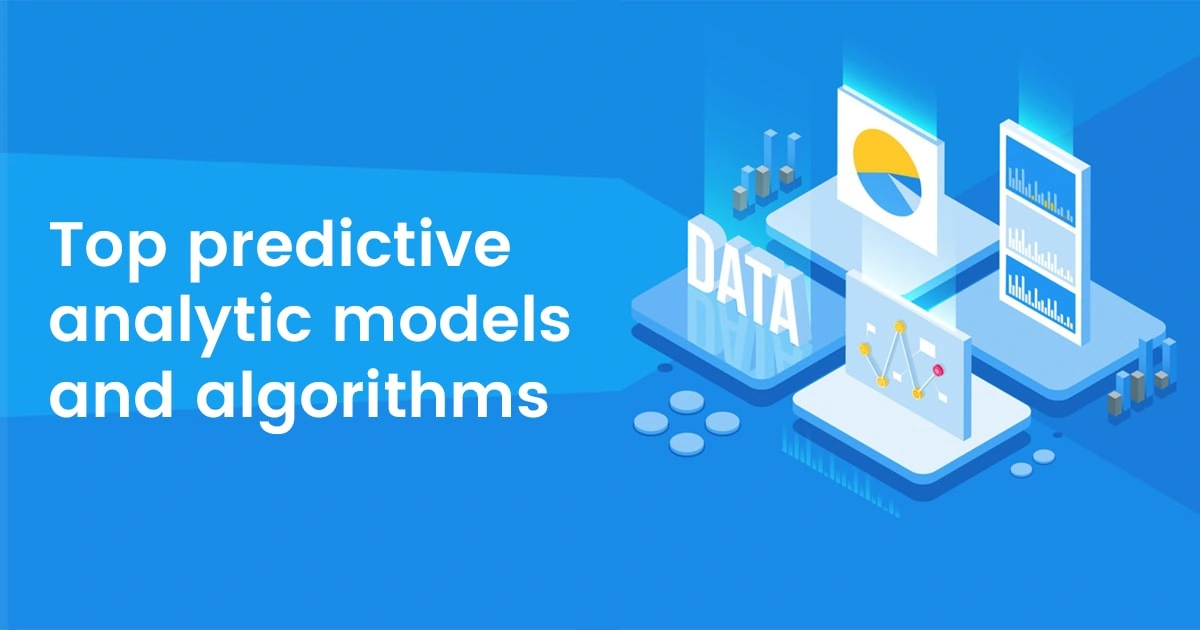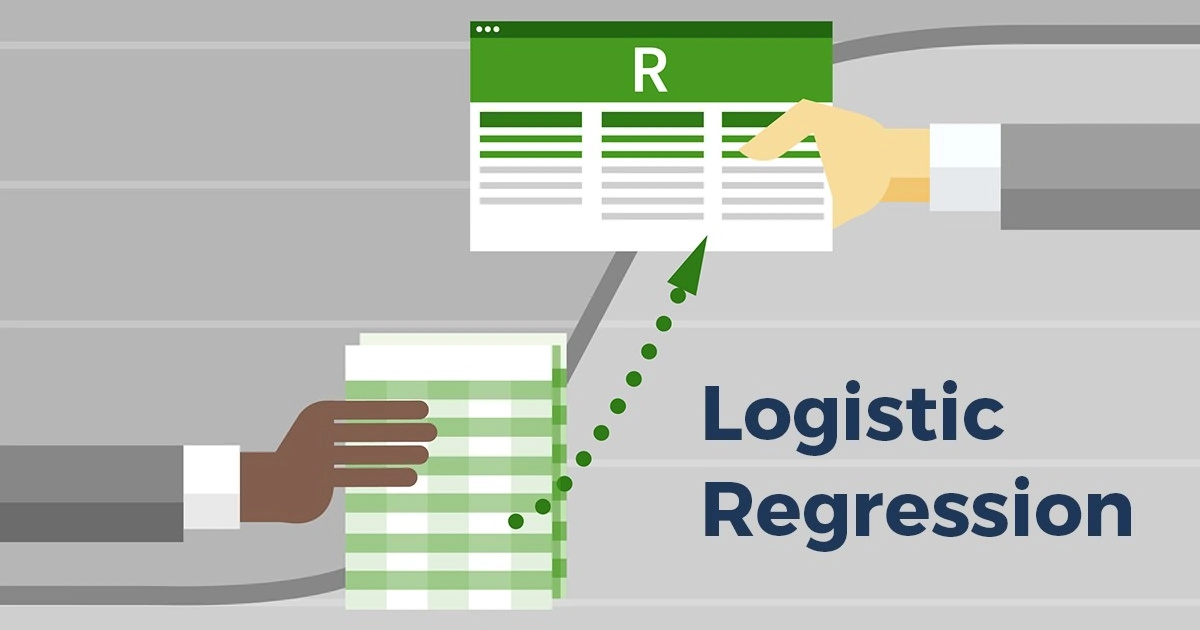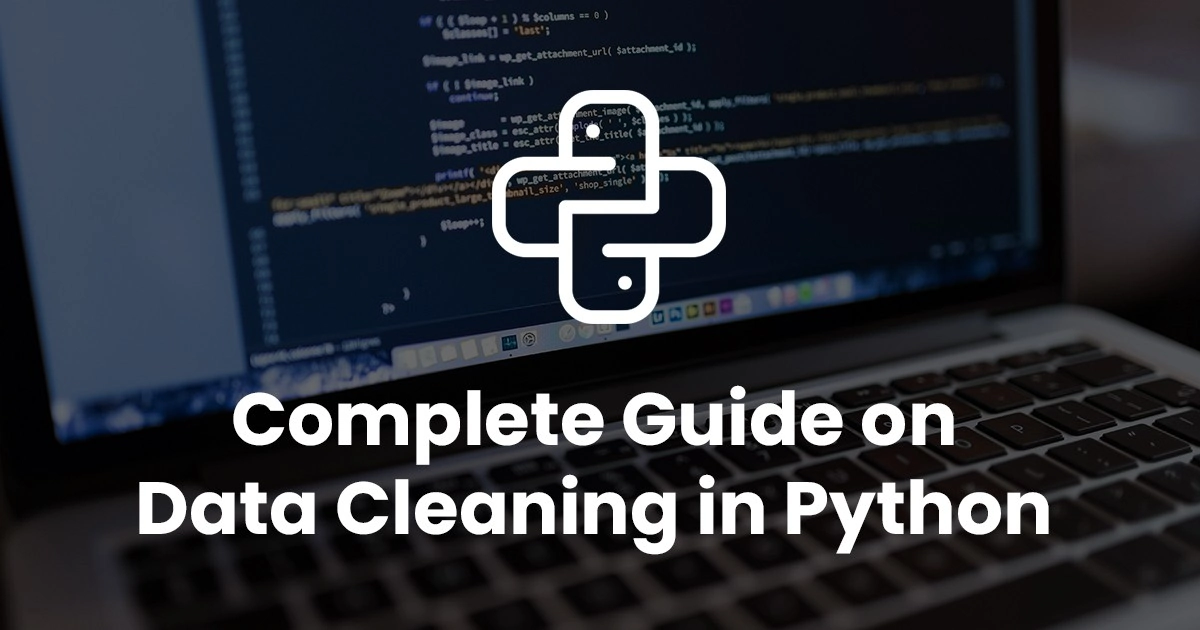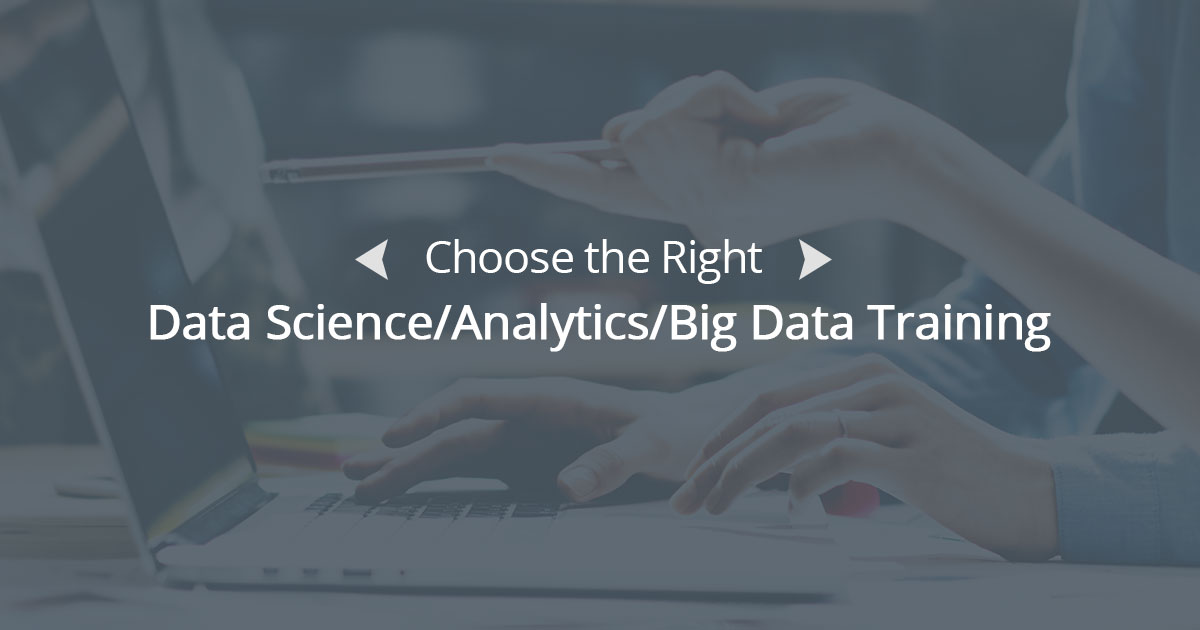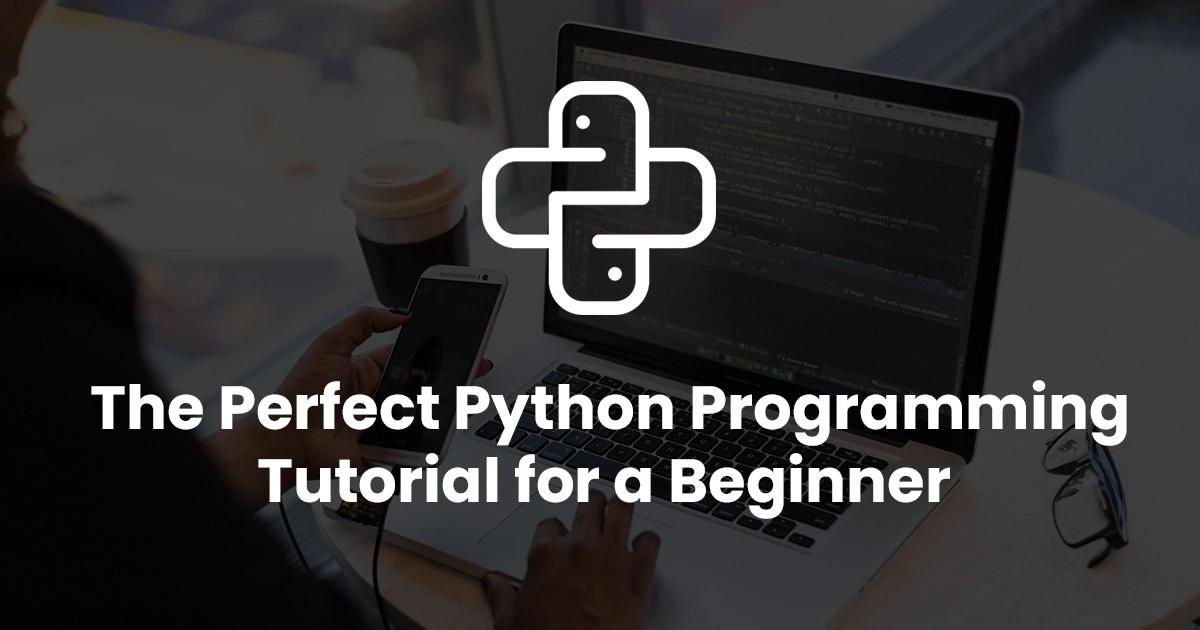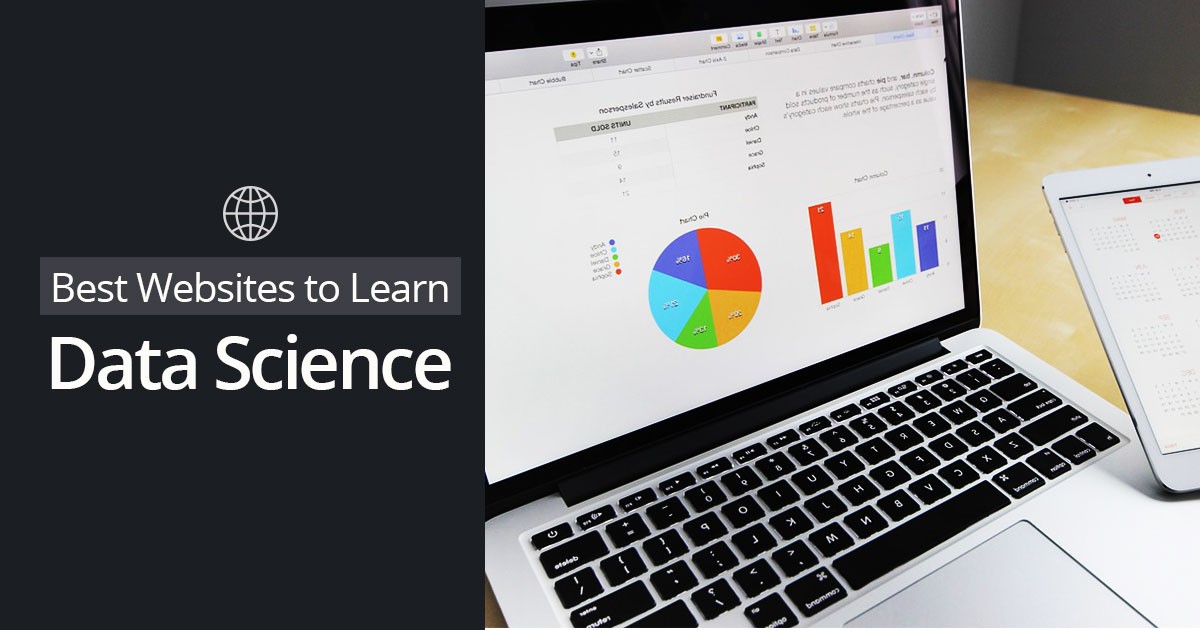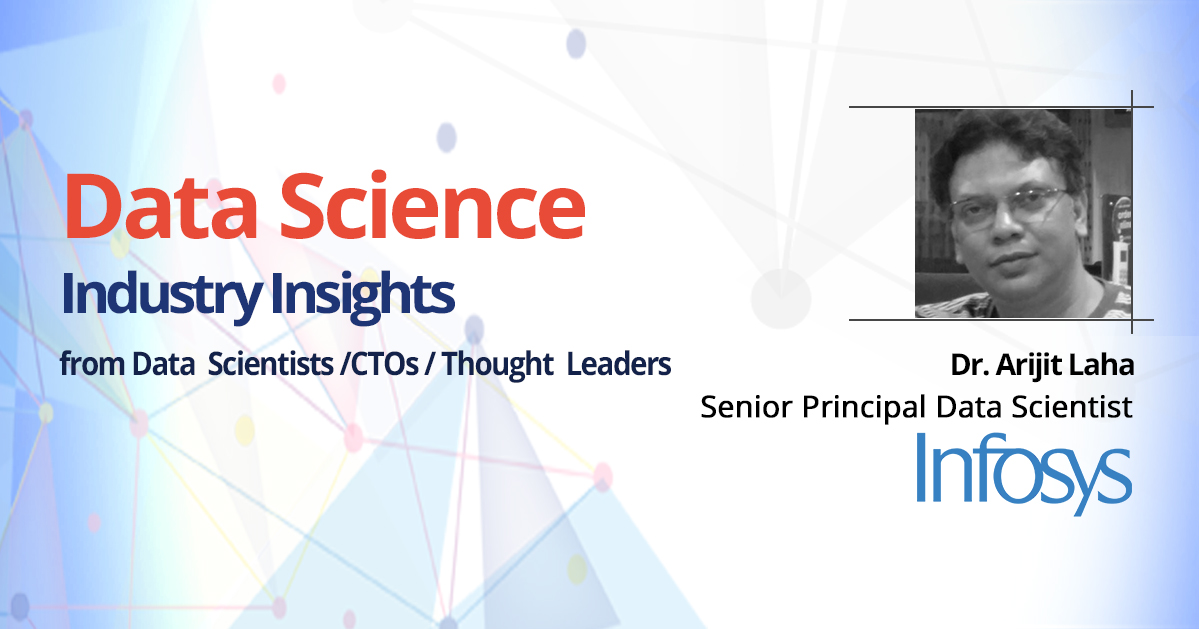Predictive analytic models revolve around the processes in which collected data and statistics are analyzed to predict future outcomes.
Modern technology allows you to generate future insights that are accurate. The science of predictive analyses is about looking at past patterns to assess when certain key events are likely to happen again.
Taking a close look at the old collected data also helps in the identification of future market trends. Predictive analyses can be performed using many different predictive analytic models. The choice depends on the final goal of the company.
Let’s deep dive into some of the models to understand how they can help you process data and help you make your future secure. You can gain in-depth knowledge on this topic by opting for a data science course.
5 Predictive Analytic Models
Predictive analytics plays a crucial role in using data along with statistical algorithms and machine learning techniques for identifying the likelihood of future outcomes with the help of historical data.
it goes beyond knowing what has happened and offers the best assessment of what kind of instances will occur in the future. Different models come into play for providing such assessments. Let us go through those predictive analytic models here and now-
1) Forecast Model
Forecast analytic models are the most used predictive analytics model. The forecast model functions by estimating new values after assimilating historical data. Forecast models only handle numerical values and can be used in any situation where the data is numerical.
The biggest advantage that the forecast model holds over other predictive analytic models is its ability to consider multiple input parameters. This ability enables to categorize its audience based on various factors.
A hotel can use this tool to assess the quality and quantity of its lodgers based on their income, the nearby weather conditions, any special occasion, or festival. Its versatile nature allows it to be incorporated by various business models, making it one of the most used models in today’s world.
2) Classification Model
Classification analytic models are used in industries such as retail and banking. It helps institutions answer yes and no questions by processing an enormous amount of data.
This model processes historical data to learn and then predict future outcomes that can help the banking and retail industry to make important decisions. These future outcomes are categorized in this model, which makes the decision making even simpler.
A data scientist who has undertaken a data science course can help you in implementing this model.
3) Clustering Model
Clustering analytic models process and classify historical data based on common attributes.
If an online retailer wants to bifurcate their customers for promotional marketing targeting purposes, then they can use this model to create a custom-made strategy for every individual. There are two forms of clustering:
- Hard- Hard clustering involves grouping the data so that each data point is assigned to one cluster.
- Soft- Not every company can solve their problems with binary answers. Soft clustering calls the grouping of data so that a data point can belong to multiple clusters.
4) Outliers Model
While many analytic models categorize, simplify, and study historical data to predict future outcomes, the Outliers model, as the name suggests, focuses on identifying anomalous data within a data set.
The outlier model is useful in identifying fraudulent transactions in the retail and banking sectors. It functions by identifying various unusual points in a data stream. By identifying these anomalies, the outlier model enables the business to take swift action.
Outlier models help organizations from millions and dollars’ worth of fraud. We can infer that this model is the best at detecting anomalies as it can detect the location, time, and the amount of money lost due to a fraudulent transaction.
5) Time series Model
Time series analytic models are the best models if you want to study and understand a single parameter’s development. This model uses time as the input parameter to capture data points.
This model analyses the data over the last year to predict a numerical metric. Using this numerical metric, this model predicts the data for up to 6 weeks. It has numerous other benefits, such as its ability to take into account events or seasons in a calendar year that can impact the outcome.
This model can facilitate exponential growth by predicting values for multiple regions and multiple projects at the same time. These features help organizations assess important aspects such as the industry’s future financial health, making the time series model one of the most useful models for any organization.
How do Predictive Analytic Models function?
Predictive analytic models are used widely by different organizations in different industries. Their most beneficial aspect is their flexibility. They can be applied to various situations without any hassles.
These models carry out predictions by running one or more algorithms on a data set that is either historical or anomalous. This process is constant and repetitive as this data is used to train machine learning models.
It’s beneficial for an industry to use multiple predictive models on the same data set to determine which one suits them the best. After figuring out the goals and the right model, you can implement it on the data that has been collected by you through the years. The prepared data can be studied by data scientists to figure out future trends and events. They are making the organization sure about their future.
Now that we’ve understood how different predictive analytic models function and how you can use them in your company. Let’s look at the predictive analytic algorithms to understand how this entire process works. All of this can be learned by undertaking a data science course.
Different Predictive Analytics Algorithms
The predictive analytic algorithms model can be divided into two groups:
- Machine learning- Machine learning is the study of computer analytic algorithms that improve automatically through experience. Data science algorithms build a mathematical model based on sample data to make predictions or decisions without being explicitly programmed.
- Deep learning- Deep learning, which is also called deep-structured learning, is a more extended family of machine learning methods based on artificial neural networks with representation learning. Deep learning can be supervised, semi-supervised, or unsupervised.
An organization needs to look at multiple factors, such as defining the business’s scope and scale, enabling the company to develop the right analytic algorithms model. It’s also essential to determine the right data needed for analysis.
Data science algorithms are crucial in developing predictive algorithms, knowing what data can be the difference between making or breaking your plans. Once you determine what data to use, the next step involves cleaning this data so that it’s easier to understand.
Once the data is cleaned and understood, it’s time for your organization to utilize it. Now you can effectively use this data to make the necessary changes in your organization. Even though this is the goal of predictive analytics models, it’s still not the final step.
A close watch is required to judge whether this process was a success. You can make the necessary adjustments based on the results.
Let us now go through three of the most common predictive modeling techniques that are highly popular nowadays-
3 Most Popular Predictive Modeling Techniques
1) Decision trees
As classification models, these modeling techniques are used for partitioning data into subsets based on categories of input variables.
You can opt for them for understanding the path of decisions. It resembles a tree in which each branch represents a choice between several alternatives, plus each of the leaves represents a classification or decision.
This predictive modeling technique is popular because of its easy understandability and interpretation.
2) Regression (linear and logistic)
As one of the most common methods in statistics, this predictive modeling technique is used for estimating the relationships among variables.
Its common use is in determining how many specific factors like price can influence the movement of any asset.
Different types of regression that are practices are linear regression, multiple regression, logistic regression, binary logistic regression, and multiple logistic regression.
3) Neural networks
As one of the sophisticated techniques of predictive modeling, neural networks are capable of modeling extremely complex relationships. They are effective, flexible, and powerful.
You can use them for handling nonlinear relationships in data. They are also useful in confirming the findings from simple techniques such as regression and decision trees. Their work is based on pattern recognition and some AI processes capable of graphically modeling parameters.
To conclude
Predictive analytic models function by studying and understanding data, then processing it to make predictions. These predictions help an organization to take the necessary steps to make it’s future secure.
There are multiple predictive analytic models in the market. To determine which one works best for your organization, you need to understand your goals. Match these goals with the strengths and weaknesses of each model.
After choosing the right model, you also need to establish a predictive algorithm. These predictive data science algorithms will help you reach your destination. Many data science courses can help you learn this entire process. All of this can be learned by undertaking a data science course.
